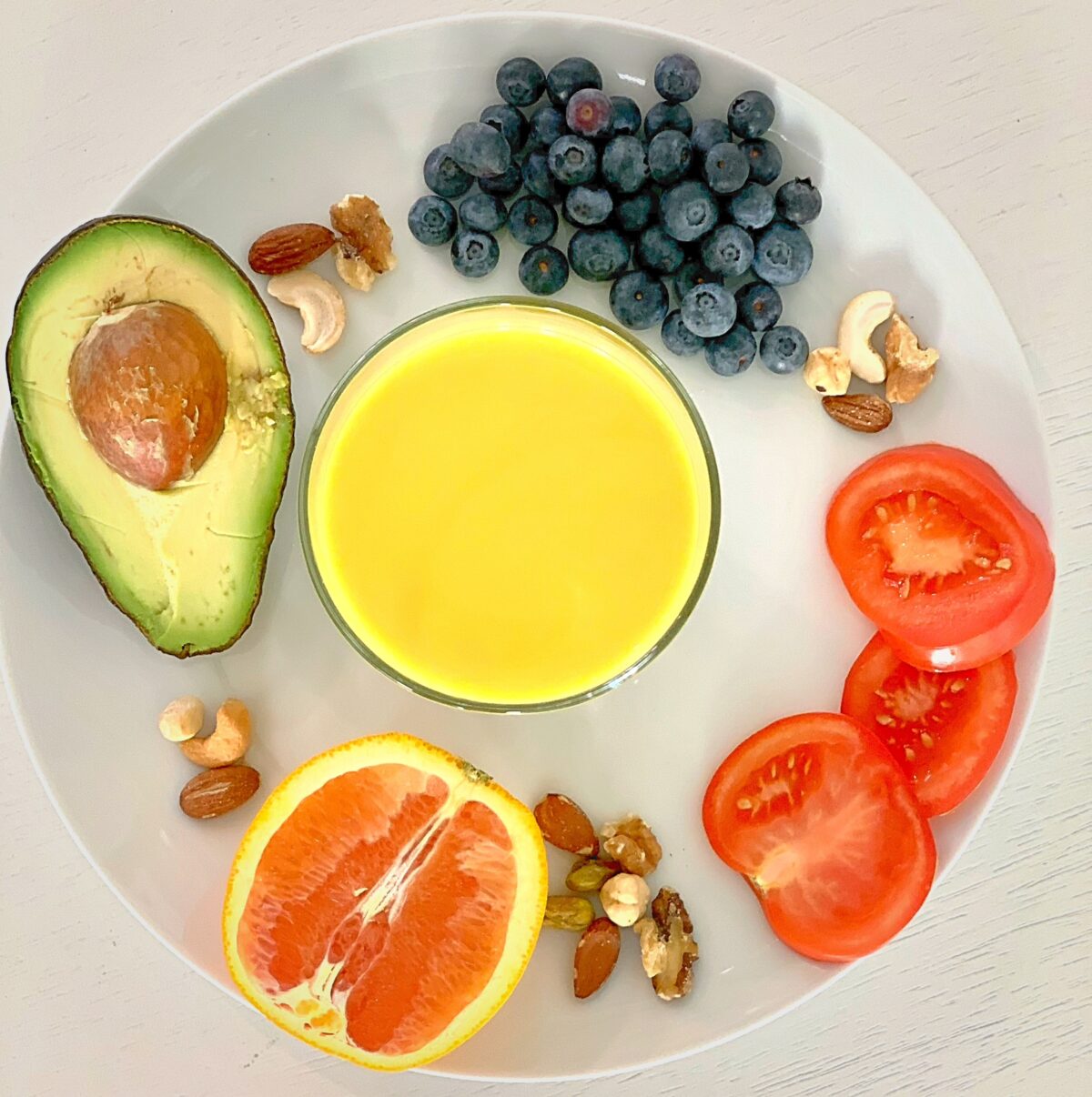Most of us know that there are several vitamins and minerals we need to function properly. The major ones we hear about are vitamin C to help when you have a cold, calcium for strong bones, B vitamins for energy, and vitamin D for healthy aging. But what about magnesium? Although not as commonly talked about, this is an essential mineral we need for day to day functioning.
Magnesium has many roles in the body and plays a major role in maintaining strong bones and a healthy heart. This essential mineral also supports glucose metabolism and plays a vital role in the use of energy-rich compounds. The reason magnesium is so important for healthy bones is because 50-60% of the magnesium in our bodies is found in our bones. This mineral also helps control blood pressure and keeps your heart beat regular. So, if you want a healthy heart and strong bones, make sure to get your daily dose!
How much magnesium do I need and where can I get it?
The Recommended Dietary Allowance (RDA) for adults 19-51+ years is 400-420 mg daily for men and 310-320 mg for women. If you are pregnant or lactating the RDA increases and you will need about 350-360 mg daily and 310-320 mg respectively.
The following foods are naturally good sources:
- Almonds, peanuts, cashews
- Pumpkin seeds
- Peanut butter
- Beans (black, kidney)
- Soybeans, soymilk
- Cooked spinach, Swiss chard
- White potato with skin
- Brown rice
- Oatmeal (instant, whole oats)
- Salmon
- Beef
- Poultry
- Banana
- Raisins
- Dark chocolate (at least 70%)
- Milk, yogurt
What happens if I am deficient?
Although this mineral is found in a variety of foods, research shows that most Americans still don’t meet the RDA. The good news is- most of the time, a slight deficiency won’t cause symptoms. However, certain factors may put you at risk of developing signs of deficiency. These include-malabsorption, long term alcohol abuse, diabetes, and old age. The most common symptoms include nausea, vomiting, headache, anorexia, muscle weakness, spasm, and terrors, cardiovascular and neuromuscular dysfunction.
Supplementation may help alleviate certain symptoms if you are showing signs of deficiency. Low serum levels are also associated with Alzheimer. Supplements have been shown to help alleviate migraine headaches and sometimes a slight reduction in blood pressure.
When do I need more magnesium?
Exercise may deplete magnesium, and the ability to perform physical work is sometimes compromised. The immune function may also temporarily suffer during bouts of prolonged exercise or excessive training. Sometimes, this can lead to infection. Replacing magnesium is crucial after prolonged exercise. One easy way to replenish during and after exercise is with CF(Rehydrate)® IMMUNITY+. CF(Rehydrate)® IMMUNITY+ has 15% of the daily value of magnesium per 16 oz serving.
Do CF Nutrition products have magnesium?
Yes!
There is 15% of the DV of Magnesium in one 16oz serving of CF(Rehydrate)® IMMUNITY+, 6% of the DV in one 12oz serving of CF(Rehydrate)®, and 6% of the DV in one 8z serving of CF(Protein)®.
So next time you have a strenuous workout or need some extra magnesium, grab one of our products to help you meet the RDA!










